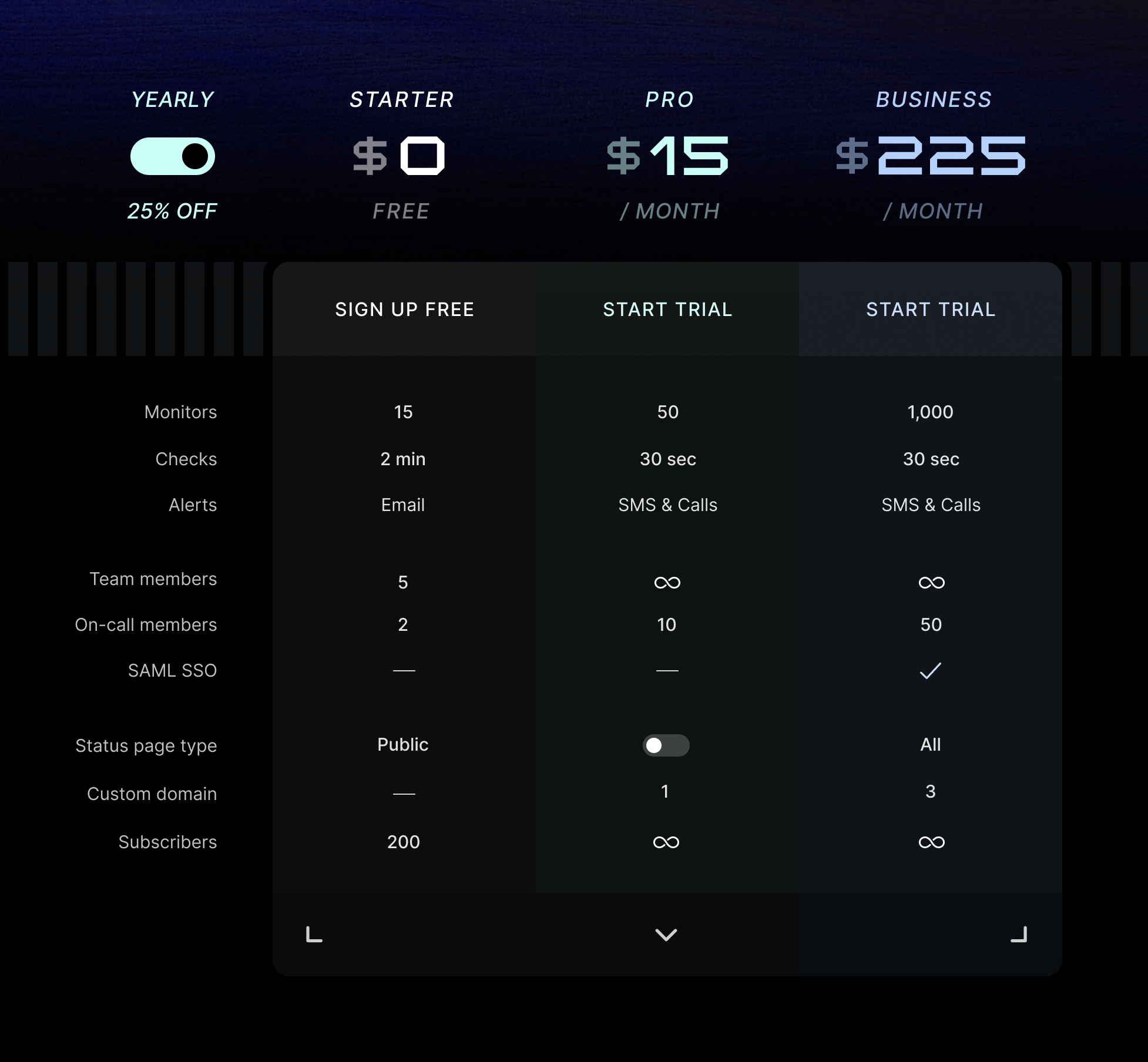How to Streamline CI/CD Pipelines: Best Practices for DevOps Success

As businesses strive to deliver innovative solutions faster and better, CI/CD pipelines have emerged as indispensable tools for achieving DevOps success. These pipelines are revolutionizing the intricate process of developing, testing, and deploying software, offering a streamlined approach that accelerates delivery while maintaining quality.
CI/CD pipelines are perceived as a vital tool in pursuing faster releases, minimizing errors, and heightening collaboration between development and operations teams.
This article delves into the core strategies and best practices that underpin successful CI/CD pipelines, providing a comprehensive guide to enhance your DevOps journey.
CI/CD breakdown
Continuous Integration involves automating the building and testing of code whenever the Development team changes the Version Control. After each task, developers merge these changes into a single repository, streamlining the process. Automation tools like code management systems and CI servers enhance software development and testing.
Continuous Delivery focuses on deploying frequent, incremental software changes, like UI enhancements and bug fixes. It follows Continuous Integration and encompasses testing, staging, and deploying CI code. While Continuous Integration is part of Development practices, Continuous Delivery is primarily about Operations.
The evolving CI/CD trends
Before we explore the specifics of CI/CD pipelines, let's begin by understanding how it has emerged as a trend within the software industry.

The last five years have showcased a noticeable rise in the popularity of CI/CD concepts. A striking example is the surge in global interest reflected by Google Trends in 2021, and this upward trajectory persists even today.
Another contributing factor is the vital role that CI/CD assumes within DevOps – a dynamic approach in software development. CI/CD pipelines facilitate the introduction of more frequent code updates while enhancing and simplifying the overall product development process.
Combining automated software testing practices and a continuous workflow is key to DevOps success.
What is a CI/CD pipeline?
A CI/CD pipeline acts as a deployment pathway linked with tools for automated testing, software development, and servers. This setup facilitates an ongoing integration and delivery process by incorporating regular feedback loops. This approach empowers teams to release smaller, more frequent updates within a compressed timeframe.
The pipeline handles tasks like code building, running tests (CI), and secure application deployment. The standout benefit of a CI/CD pipeline is its ability to eliminate human errors, offer consistent feedback loops to developers, and support swift cycles of product improvement.
Creating a CI/CD Pipeline
Establishing a CI/CD pipeline is a strategic endeavor that demands meticulous planning and precise execution.
Here's a roadmap to guide you:
1. Select the right tools
Many DevOps tools, such as Jenkins, GitLab CI/CD, and Travis CI, are available for building a robust CI/CD pipeline. It’s crucial to align tool selection with the unique demands of your development team and the technologies integral to your application.
2. Outline pipeline stages
When establishing your CI/CD pipeline, lay out the software delivery journey's stages. Tailoring these stages to align with your development team's distinct requirements and your application's specifications is crucial for a well-fitted setup.
3. Implement automated testing
Incorporating automated testing is a cornerstone of every successful CI/CD pipeline. Establish a set of automated tests that can be executed at each pipeline stage to verify the accuracy of code modifications.
4. Establish a collaborative repository
Creating a shared repository is fundamental to creating a seamless CI/CD pipeline. All alterations to the codebase should be committed to this repository, enabling automatic building, testing, and deployment processes to unfold effortlessly.
5. Set up your pipeline
Once you've outlined your pipeline stages, automated your tests, and established a shared repository, the next step is to configure your pipeline. This entails configuring the automation tools, establishing criteria for running tests and deploying code revisions, and arranging notifications to keep the development team informed.
6. Trial and improve
With your CI/CD pipeline operational, it's time to test its functionality rigorously. Regularly assess and enhance your pipeline to boost its effectiveness, dependability, and overall performance.
CI/CD pipeline: Stages
The CI/CD pipeline workflow consists of a series of stages, which typically include the following:
- Source: In this stage, developers commit code changes to a version control system, triggering the pipeline to initiate. The code is fetched, and the process begins.
- Build: The code is compiled during this stage, and dependencies are resolved. The outcome is an executable software version.
- Test: In the testing stage, various automated tests are executed to ensure the quality and functionality of the software. This includes unit tests, integration tests, and other types of checks.
- Deploy: The final stage of a CI/CD pipeline involves deploying the tested and validated code to a production environment. This could be a server, a cloud instance, or a containerized environment. The goal is to make the software accessible to end-users.
Benefits of CI/CD pipelines
The benefits of Continuous Integration and Continuous Deployment are substantial and have a transformative impact on software development and delivery processes.
Here are some key benefits of CI/CD pipelines:
- Quicker time-to-market: CI/CD pipelines speed up the process of delivering new features or fixing bugs to users, reducing the time it takes to roll out changes.
- Enhanced software quality: By consistently integrating code, running automated tests, and conducting code reviews ─ potential issues are identified early in development, leading to higher-quality software.
- Scaling your dev team: An interconnected CI/CD pipeline adds more appeal to potential developers considering your company. In a competitive market, having a streamlined CI/CD process can significantly help to attract top-tier talents and scale up your dev team.
- Boosted efficiency and automation: Automating the building, testing, and deployment processes minimizes human errors. It eliminates repetitive tasks and empowers developers to focus on creativity and code excellence.
- Faster feedback loop: CI/CD promotes quick feedback by automatically running tests and checks in real time whenever new code is integrated. This immediate feedback loop allows developers to address issues promptly and iterate faster, improving the overall development pace.
Source image: [https://instatus.com/blog/devops-infrastructure]
- Seamless updates: With CI/CD, updates can be seamlessly delivered to users, resulting in a smoother and more satisfying user experience. This continuous delivery of gradual changes maintains user engagement and satisfaction.
- Effective resource utilization: DevOps teams optimize resource allocation by using automated provisioning and infrastructure as code, reducing manual efforts and the likelihood of errors.
Qualities of an effective CI/CD pipeline
Implementing CI/CD empowers teams to produce rapid, precise, consistent feedback throughout their development process.
As a result, a well-structured pipeline should cover the following aspects:
Speed
Continuous integration is designed to be quick, offering instant feedback. If developers have to wait more than 10 minutes for their build to be validated in the QA environment, the workflow is considered disrupted. This waiting time leads to context switching and delays as developers await build approvals before proceeding.
In a CI/CD pipeline, the duration of each commit directly affects how frequently developers can introduce new code in a day.
As the business expands, the CI/CD tools must rapidly scale to meet evolving needs of effective DevOps project management. A potent tool should be customizable and adaptable to the existing development processes. Additionally, the configuration of CI/CD should be saved as code, allowing for review, version control, and easy restoration for future purposes.
Reliability
A dependable CI/CD pipeline brings about a notable acceleration in constructing and implementing new commits. The pipeline must guarantee consistent outcomes with the same input, avoiding any fluctuations in runtime.
There's a pronounced requirement for the CI/CD infrastructure to function and expand in step with the rapid pace of the product team. As the number of teams and projects rises or workflow dynamics shift, the pipeline should maintain its trustworthiness and capability to handle the amplified workload effectively.
Precision
Initiating automation in the deployment process marks a promising beginning. Nonetheless, relying solely on automation doesn't suffice for a functional and advantageous CI/CD pipeline. It's imperative that the pipeline operates with precision and provides a clear overview of the complete software delivery journey. The pipeline and complementary tools should adeptly manage both straightforward and intricate workflows.
Enhancing accuracy brings the pipeline closer to a state of complete automation — progressing seamlessly from continuous integration to continuous deployment, requiring minimal human intervention.
Drive innovation with a streamlined CI/CD pipeline
Integrating a CI/CD pipeline can make a substantial difference in any software development endeavor. It speeds up feedback cycles, minimizes the chances of bugs and glitches, and elevates the overall standard and efficiency. Automating the build, test, and deployment procedures saves time and resources for development teams and guarantees that modifications are meticulously examined and promptly incorporated into the codebase.
With suitable tools, efficient procedures, and the whole team onboard, a thoughtfully crafted CI/CD pipeline can potentially revolutionize your development process. It empowers you to concentrate on your strengths – crafting exceptional code that drives innovation.
Keep a keen eye on optimizing your CI/CD pipeline and explore the capabilities of innovative tools like Instatus.
Get ready for downtime
Monitor your services
Fix incidents with your team
Share your status with customers


